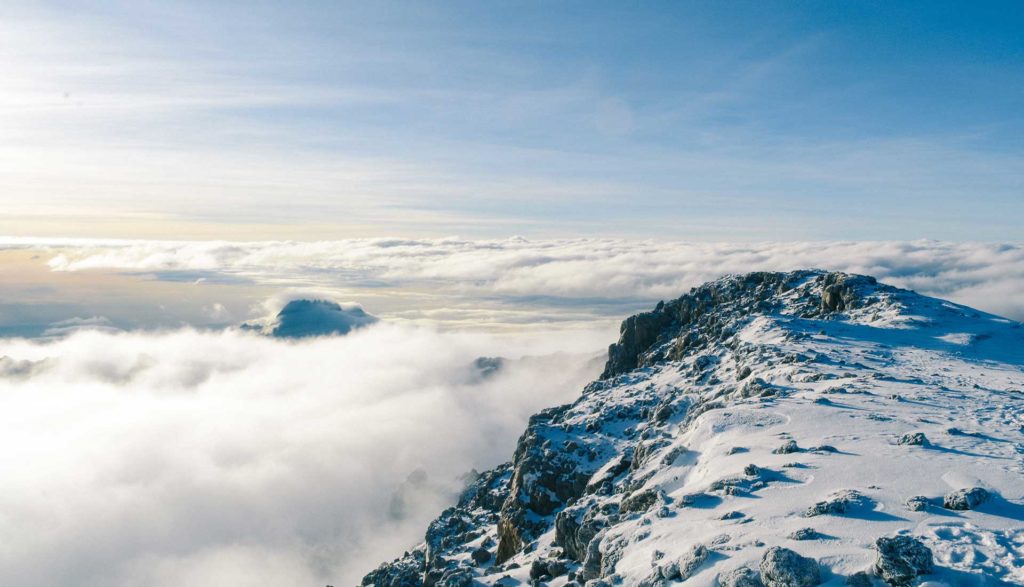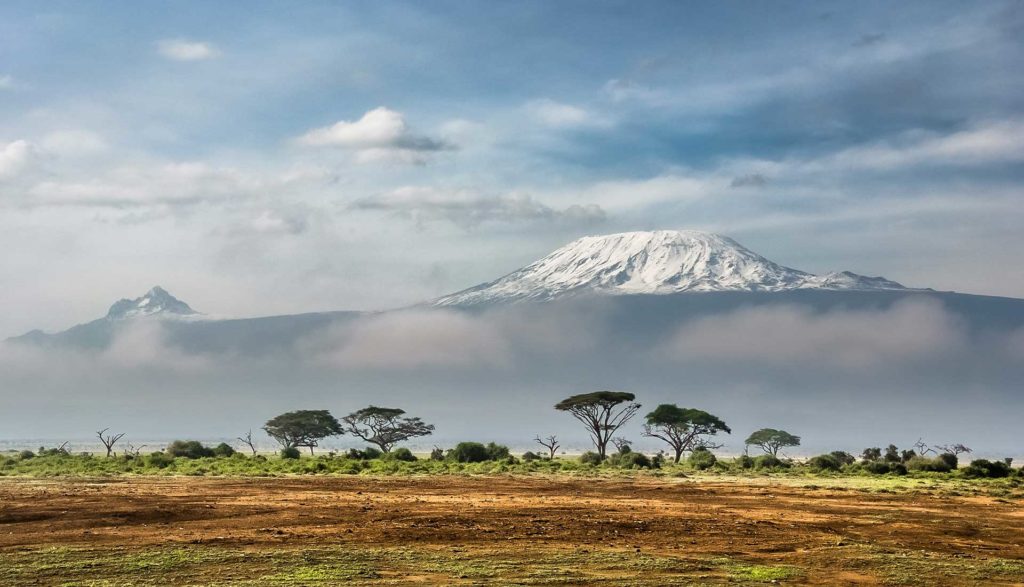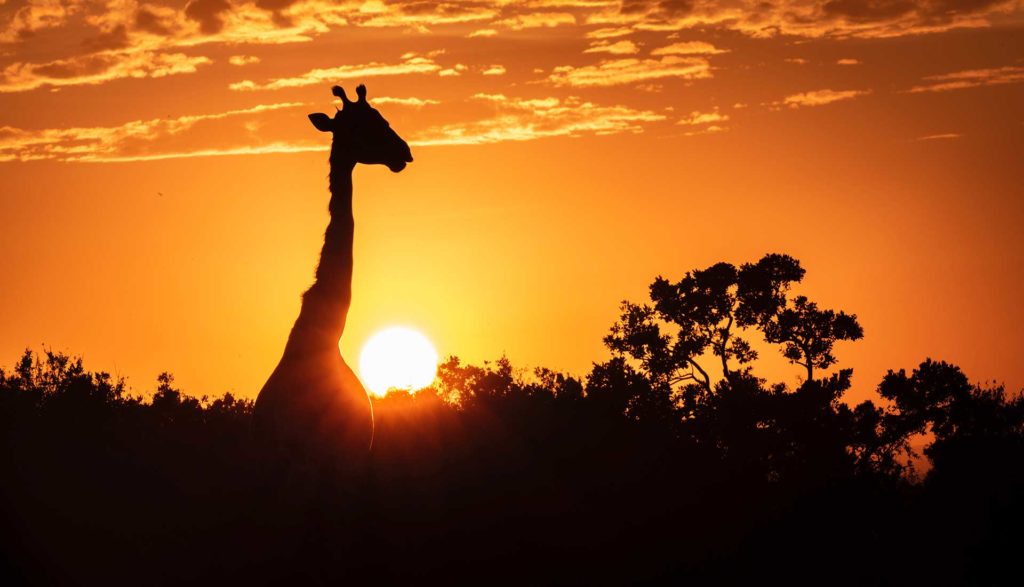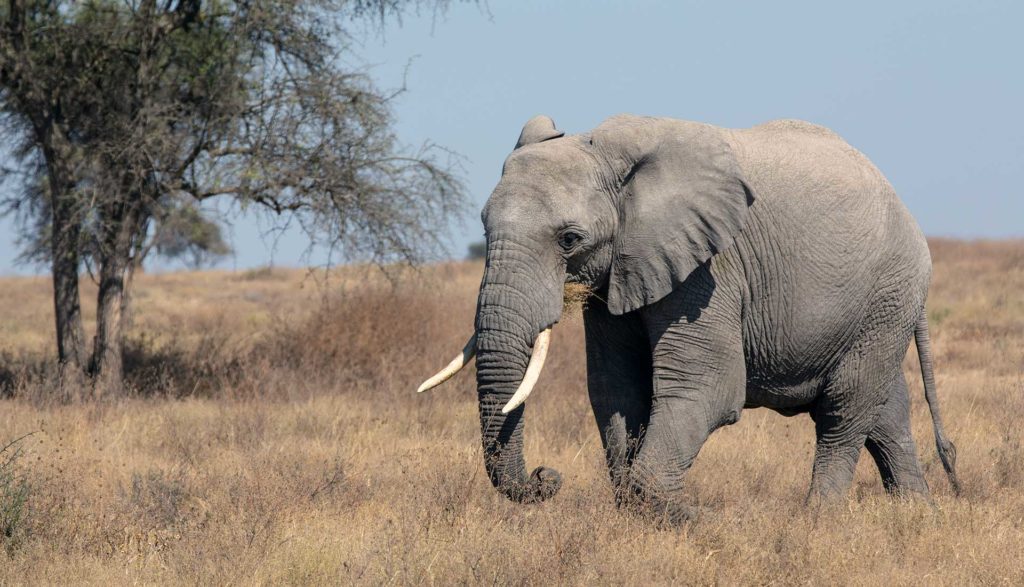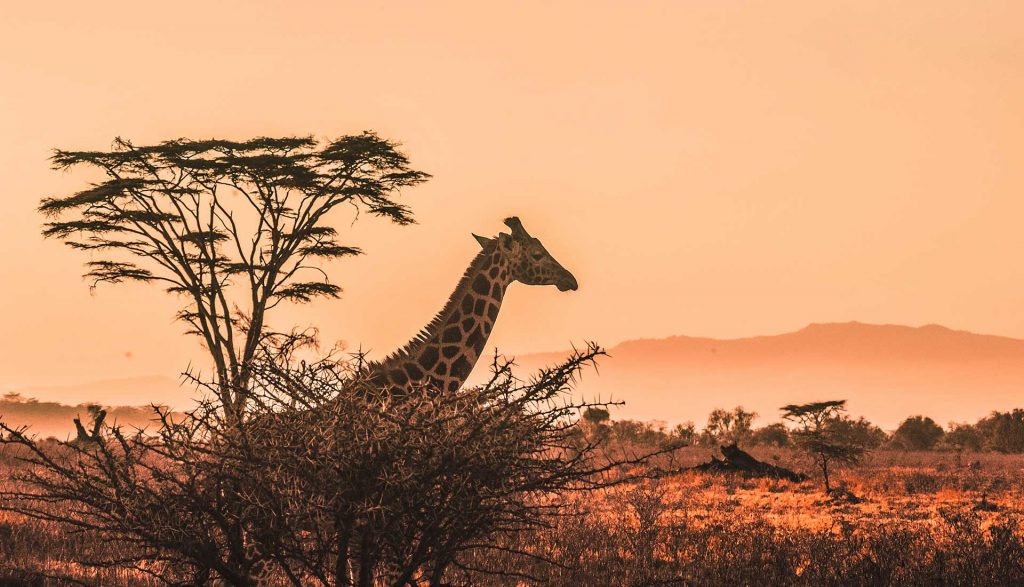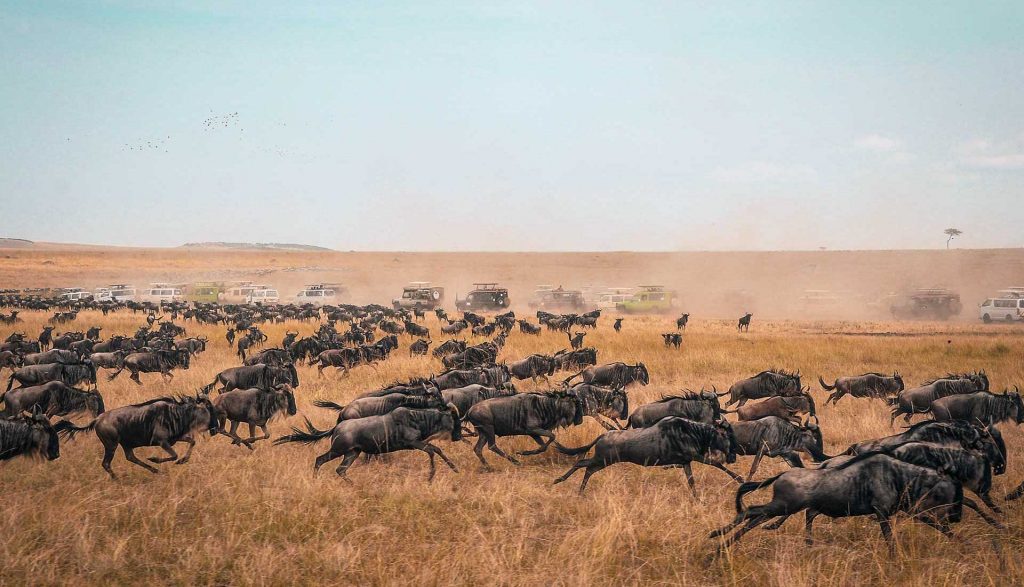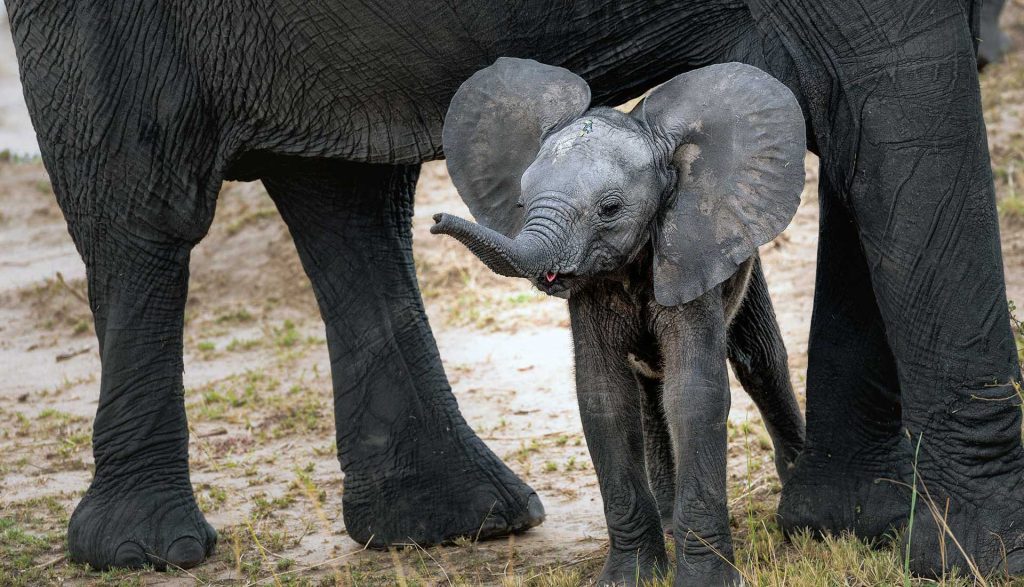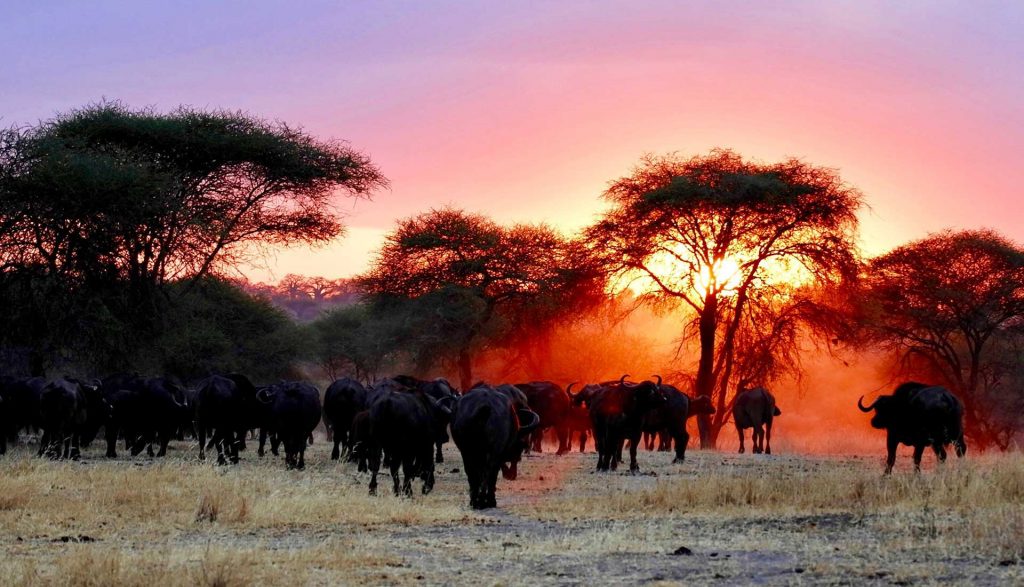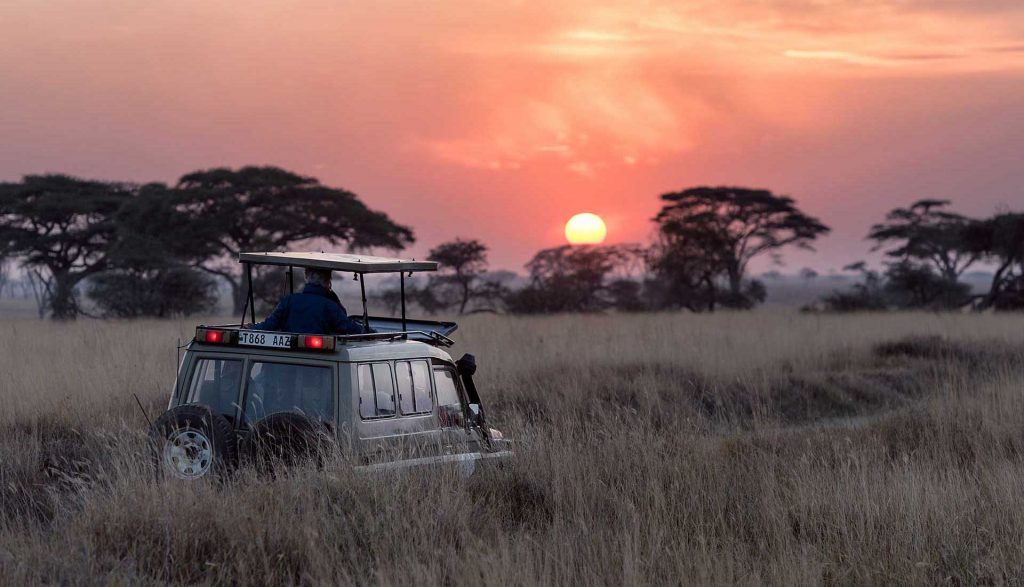Mount Kilimanjaro is the tallest mountain in Africa, and is a popular destination for experienced and first-time adventurers. It’s situated in the northern part of Tanzania in the Kilimanjaro National Park.
Climbing Mount Kilimanjaro doesn’t require any technical skills or equipment. The summit, called Uhuru Point, is 5,895m (19,341 feet) above sea level.
Every year around 30,000 people climb Mount Kilimanjaro – however, only 50% make it. Many people who fail to make the summit due to altitude sickness – although climbing the Marangu Route is the shortest path (it takes about five days), it’s better to climb Mount Kilimanjaro by taking a longer route so you can get acclimatise.
The best time to climb Kilimanjaro is during the dry season from January to March, and June to October. Snowfall and cold temperatures are common from December to May, while March, April and November are the wettest months.

